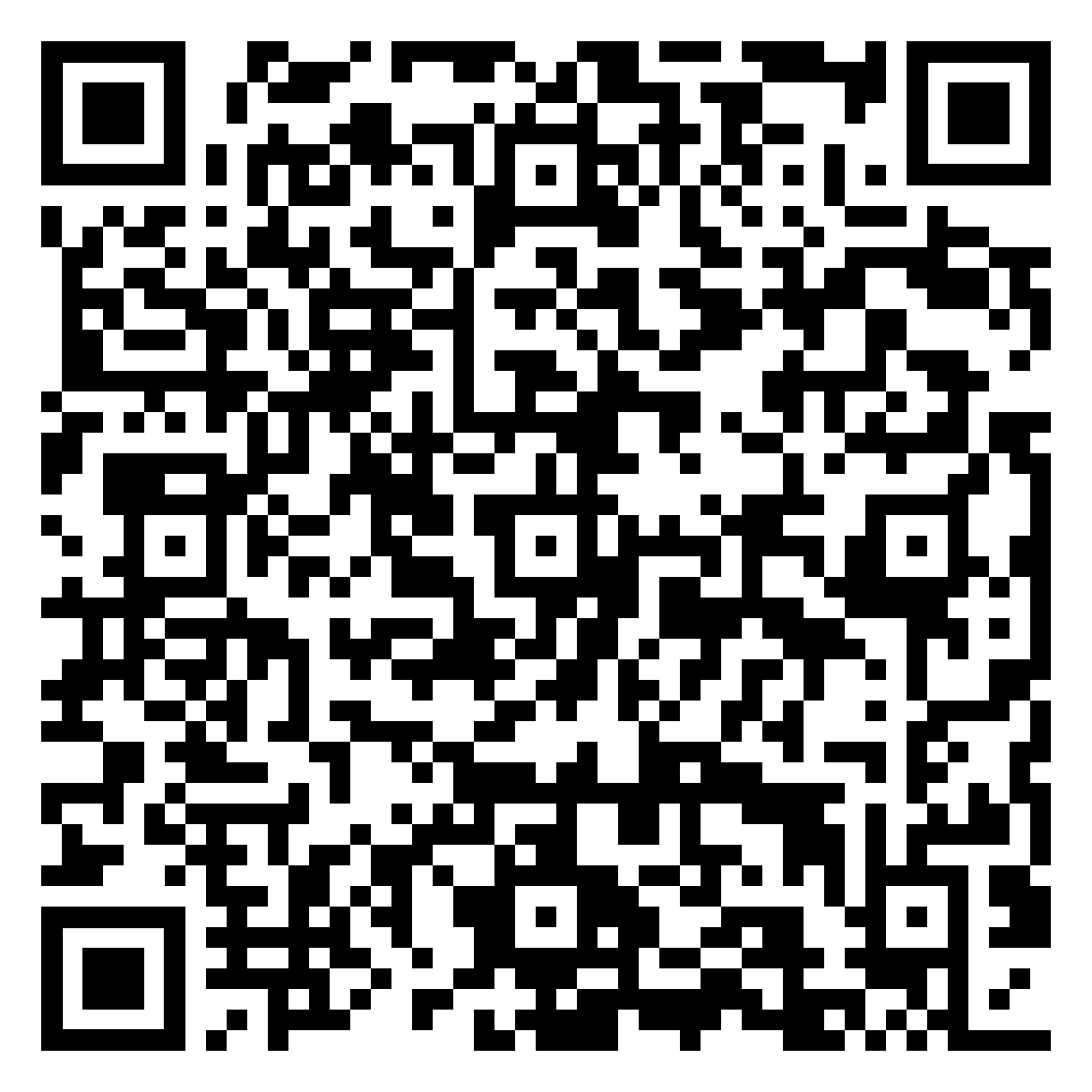A stress echocardiogram combines images of the heart using sound waves referred to as an echocardiogram with an exercise test to detect inadequate blood flow to the heart during physical activity.
Our team of American and UK trained expert cardiologists utilize stress echocardiograms to determine how well the patient’s heart performs during physical activity, to evaluate the functioning of the heart and valves, and identify the cause of symptoms such as shortness of breath or chest pain. Additionally, a stress echocardiogram can provide crucial information on heart valve function during exercise.
How is the test performed?
A stress echocardiogram is conducted with the help of electrodes attached to the patient’s chest. These electrodes are connected to an electrocardiogram (EKG) to chart the heart’s electrical activity during the test.
Before the patient begins exercising, a resting EKG is performed and the patient’s resting blood pressure and heart rate are measured. The patient is then asked to exercise on a treadmill or stationary bicycle, gradually increasing the intensity until the patient has symptoms or the EKG suggests that the test should be stopped.
The patient’s heart rate, blood pressure, and changes on the EKG are closely monitored during the test to determine any heart conditions.

